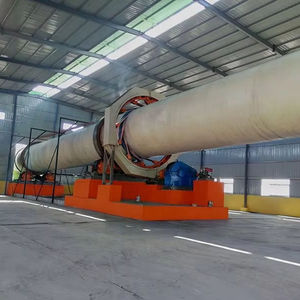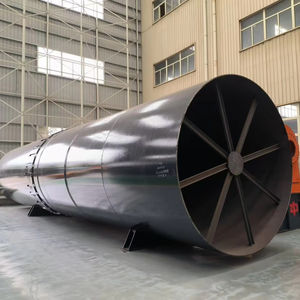Heavy machinery represents a significant capital investment for industries like construction, mining, agriculture, and logistics. Ensuring its reliability, longevity, and operational efficiency is paramount to project success and profitability. As mechanical engineers, we possess the expertise to implement robust strategies focused on maximizing uptime and minimizing lifecycle costs. Achieving this requires a multi-faceted approach centered on proactive maintenance, operator competence, and continuous improvement.
(What Can Be Done Heavy Machinery )
The cornerstone of effective heavy machinery management is a comprehensive preventive maintenance program. This transcends basic scheduled servicing. It involves developing detailed maintenance schedules based on rigorous analysis of manufacturer recommendations, historical failure data, and specific operating conditions. Critical components such as engines, hydraulic systems, transmissions, and undercarriages require tailored inspection and service intervals. Lubrication management is particularly vital; using the correct lubricants, adhering to precise change intervals, and ensuring contamination control through proper filtration and sealing significantly reduces wear and extends component life. Regular fluid analysis provides invaluable predictive insights into component health, detecting early signs of wear metals or coolant contamination before catastrophic failure occurs. Visual inspections remain fundamental, identifying leaks, loose fasteners, structural cracks, or abnormal tire wear early.
Complementing preventive maintenance is Condition-Based Monitoring. CBM leverages sensor technology and data analysis to assess the actual health of machinery in real-time. Vibration analysis detects imbalance, misalignment, or bearing defects in rotating components. Thermography identifies abnormal heat patterns indicating electrical faults, bearing issues, or cooling inefficiencies. Ultrasonic testing can pinpoint compressed air leaks or electrical arcing. Integrating this data into a centralized system allows for predictive maintenance, enabling interventions precisely when needed, optimizing component utilization, and preventing unexpected downtime. Modern telematics systems further enhance this by providing operational data like fuel consumption, idle time, and GPS location, facilitating fleet optimization and misuse detection.
Operator competence is inextricably linked to machinery health. Operators are the first line of defense against premature wear and failure. Comprehensive training programs are essential. Operators must be thoroughly trained not only on safe operation but also on machine-specific best practices. This includes understanding correct startup and shutdown procedures, avoiding excessive loads or shock impacts, proper implement usage, and recognizing early warning signs like unusual noises, smells, or performance degradation. Encouraging operators to perform thorough pre-operational inspections and report any anomalies immediately fosters a culture of ownership and proactive maintenance. Their daily observations are critical data points for the maintenance team.
Finally, rigorous failure analysis and root cause investigation are indispensable for continuous improvement. When a failure occurs, simply replacing the component is insufficient. A systematic engineering analysis must determine the fundamental reason – was it a material defect, improper maintenance, operator error, design flaw, or unforeseen operating condition? Understanding the root cause allows for corrective actions to be implemented, preventing recurrence. This might involve modifying maintenance procedures, enhancing operator training, specifying upgraded components, or even providing feedback to the OEM for design improvements. Accurate record-keeping of all maintenance activities, inspections, failures, and repairs is crucial for identifying trends, predicting future failures, and justifying capital expenditure decisions.
(What Can Be Done Heavy Machinery )
In conclusion, optimizing heavy machinery performance demands engineering rigor applied systematically. Implementing a robust preventive maintenance regimen, leveraging condition-based monitoring for predictive insights, investing in comprehensive operator training, and conducting thorough failure analysis form the pillars of a successful strategy. This integrated approach, driven by data and engineering principles, minimizes unplanned downtime, extends equipment service life, enhances safety, and ultimately delivers the highest return on investment for these critical assets. The mechanical engineer’s role is central in designing, implementing, and continuously refining these vital processes.


